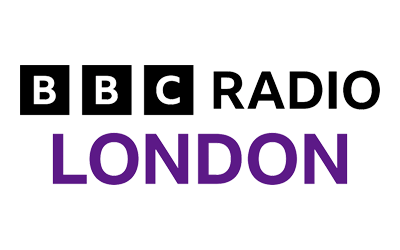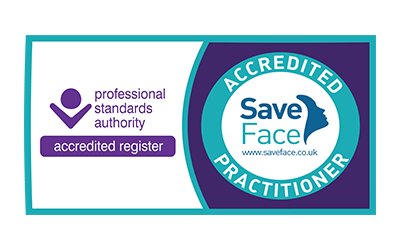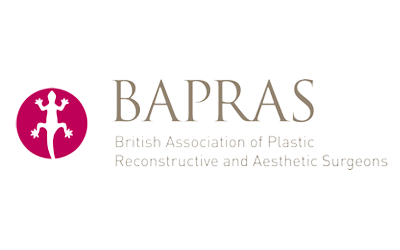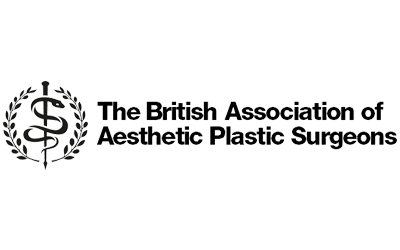The decision to undergo a facelift is a significant one that should not be taken lightly. Suppose you have noticed significant ageing changes such as loss of volume in the mid-face and sagging tissue in the lower face, including loss of definition of the jawline. In that case, these are the physical indicators that it might be the right time to consider a facelift.
Emotionally, if your external presence no longer matches the youthful energy you feel inside, then a facelift could help you make you more at ease with your physical appearance.
While the promise of a more youthful appearance can be tempting, it’s crucial to thoroughly research and consider all aspects of the procedure before making a final decision. If you’re considering a facelift, asking the right questions is essential to ensure you are well-informed and confident in your choice. Here, we’ll explore 13 critical questions to ask before having a facelift.
Questions to ask a plastic surgeon before getting a facelift
1. Should I consider undergoing a facelift procedure?
Not everyone is a suitable candidate for a facelift. It’s essential to consult with a qualified plastic surgeon who can evaluate your overall health, medical history, and skin condition to determine if you’re a suitable candidate. Factors such as age, skin elasticity, and your goals will all be considered by leading London facelift surgeon Mr Alex Karidis
Before committing to a facelift, you may wish to explore non-surgical alternatives like wrinkle smoothing injections, dermal fillers, or laser skin rejuvenation treatments. These options can provide temporary results without the invasiveness and recovery time associated with surgery.
However, if you no longer feel that these non-surgical treatments are achieving the desired results, it might be time to consider undergoing a facelift procedure.
2. What different types of facelift procedures are available?
There are different facelift techniques and approaches that Mr Alex Karidis can adopt, and this decision will be based on your unique requirements and the results you are hoping to achieve.
Generally, the facelift can be separated into three different approaches, depending on the area of the face to be address. What is considered the ‘classic’ facelift addresses the jawline, jowls and neck and is known as a lower facelift or face-neck lift. If the upper face needs addressing, a lateral temporal brow lift, endoscopic brow lift or forehead lift can be performed. Less commonly, the middle third of the face is targeted in a mid-facelift. This is only required if the cheek region is sagging or flattening. This is rarely performed as a standalone procedure as most patients also have ageing in the lower face.
A full facelift is when the whole face requires lifting, whereas a partial facelift may just address a specific area, such as the neck region.
In terms of techniques, you may have heard of terms such as the SMAS facelift or deep plane facelift. Rather than just tightening sagging skin, this technique also addresses the underlying facial structures, particularly the superficial musculoaponeurotic system, or SMAS. This layer of tissue connects your face and neck muscles to your skin. As you age, the SMAS loses its elasticity, and a SMAS facelift lifts these tissues to a more youthful position. For most patients, this type of facelift gives you the most long-lasting and natural results of all techniques.
3. What factors determine whether someone is a suitable candidate for a facelift?
During your consultation with Mr Alex Karidis, he will discuss your general medical history to ensure you are fit and well for surgery. Physical issues that might make you unsuitable for a facelift, including uncontrolled high blood pressure, blood clotting problems or a previous history of keloid scarring.
Typically, the best candidates for a facelift are those who have noticed the signs of facial ageing but still possess good skin elasticity. They must also be within normal weight limits, as future weight fluctuations can affect their facelift results.
4. How much time will I need to take off from work and social engagements afterwards?
This is very much a personal consideration. You will be up and about after a day or two, but we advise you take it easy for the first week. Initially, you will have a degree of swelling and some bruising, and many patients feel stiff in the first couple of weeks. Most patients feel confident to resume their regular work and social commitments after two to three weeks.
5. How long do the results achieved from a facelift last?
There is no one standard answer to this question, as everyone has a different starting point and age in a unique way. The quality of your skin tissue is critical, as patients with good skin elasticity will probably enjoy the results of their facelift for longer than those who have already lost a great deal of elasticity
Although a facelift will not stop subsequent ageing, the improvement will be permanent compared to not having a facelift. However, you can take steps to maintain the results of your facelift. Smoking is one of the most damaging things you can do to your skin, so we advise you to quit all nicotine products. Similarly, sun damage accelerates extrinsic ageing, so protect your face with a high factor broad spectrum SPF daily. Taking good care of your skin is a must, and we offer a range of non-surgical treatments that can even enhance your facelift results.
6. What can I expect during the recovery period after a facelift surgery?
Understanding the facelift surgery recovery process is crucial. Ask about downtime, post-operative care, and when to expect the final results. You’ll need to plan for time off work and any assistance you may require during your recovery.
Although every patient differs, you can expect to take it easy during the first two to three weeks, before you can return to normal activities. There will be swelling and bruising and often the face feels stiff or numb. Minor refinements will continue developing throughout six to nine months as swelling subsides. The scars can take 12 to 18 months to fade and flatten fully.
7. What is your level of experience in performing facelift procedures?
Mr Alex Karidis is one of London’s most experienced plastic surgeons and established his plastic surgery practice at the Hospital of St John and St Elizabeth over 25 years ago. He has performed hundreds of facelift procedures during this time.
Mr Karidis avoids the overcorrected or ‘designer’ look. He takes pride in achieving natural, well-balanced results, not ones leaving a patient looking contrived or artificial.
8. Can I review before and after photographs of previous facelift patients you have treated?
We have a facelift gallery on our website showcasing some of our results, but during your consultation with Mr Alex Karidis, he will be able to show you more before and after photos of previous patients who have had facelifts. This will give you a better idea of his skill and the kind of results you can expect.
9. Do you believe you can achieve the desired outcome I have in mind?
Realistic expectations are a must if you are planning a facelift procedure, and you will discuss your expectations with Mr Karidis during your consultation to ensure they align with what the procedure can realistically achieve. A facelift can provide significant improvements, but it won’t make you look like a different person.
10. Will there be noticeable scarring following a facelift procedure?
Scarring is an inevitable part of surgery. Ask your surgeon about the placement of incisions and what measures will be taken to minimise scarring. Mr Alex Karidis is renowned for his ‘invisible’ stitching techniques, leaving incredibly minimal post-operative scarring. “Scarring is the particular area I’ve focused on. For me, the scarring is everything. It’s how people rate their results.”
11. What considerations should I bear in mind prior to undergoing a facelift surgery?
The most important consideration is whether you are doing it for the right reasons. Cosmetic surgery can be a hugely positive decision and significantly affect your confidence and self-esteem. However, it is not the solution if you hope it will change your life or feel pressured to undergo surgery.
12. Is there an ideal age range for undergoing a facelift?
There is no ideal age to undergo a facelift. It is not typically recommended for men and women in their 30s or below as they can usually address any ageing changes with non-surgical treatments.
Patients in their 40s and above generally see the best results as they have noticeable ageing concerns, yet they are young enough to experience more long-lasting and natural results after their facelift.
The quality of your skin and degree of elasticity is often the most critical consideration in determining how well you will respond to a facelift procedure.
13. What are the potential risks associated with a facelift procedure?
Like any surgical procedure, a facelift carries risks and potential complications. These may include infection, scarring, hematoma, nerve damage, or unsatisfactory results. It’s essential to understand these risks and discuss them with your surgeon.
A facelift can be a life-changing procedure, but it’s essential to approach it with careful consideration and a wealth of information. Asking these 13 questions before having a facelift will help you make an informed decision, choose the right surgeon, and have realistic expectations about the procedure. Remember that your safety and satisfaction should always be the top priorities, so take your time researching and finding the best surgeon for your needs.
















